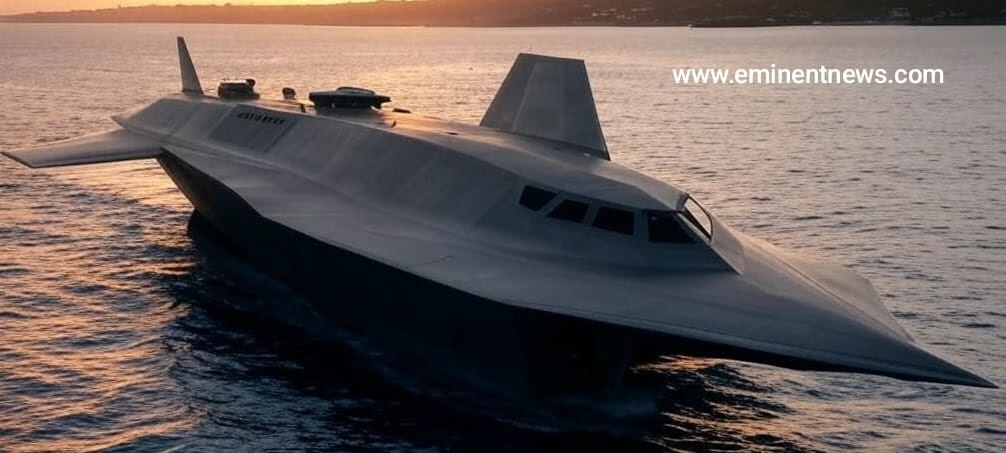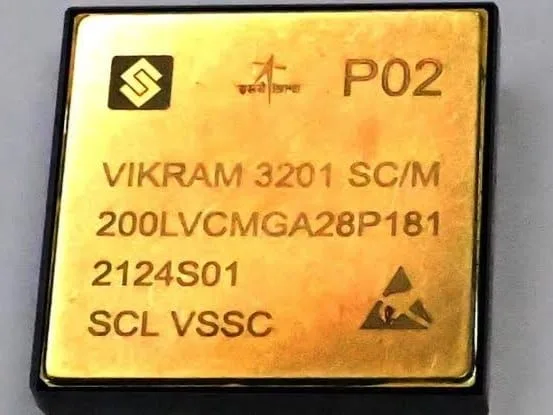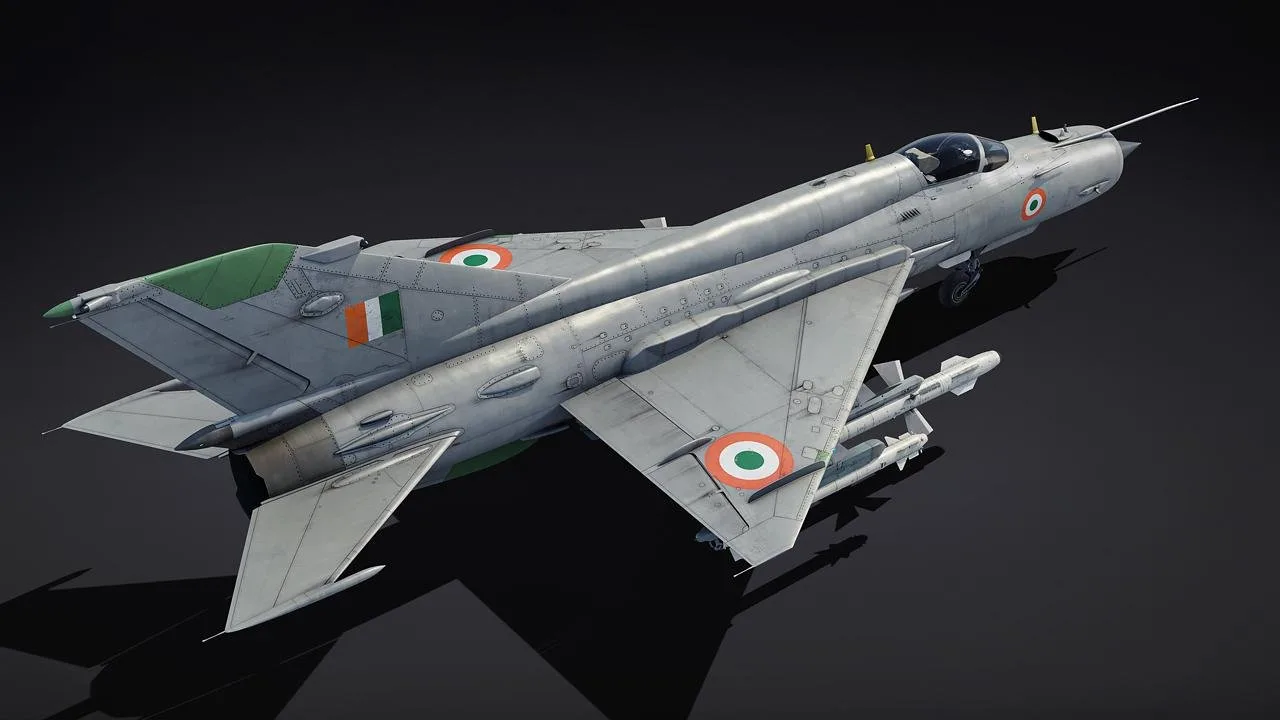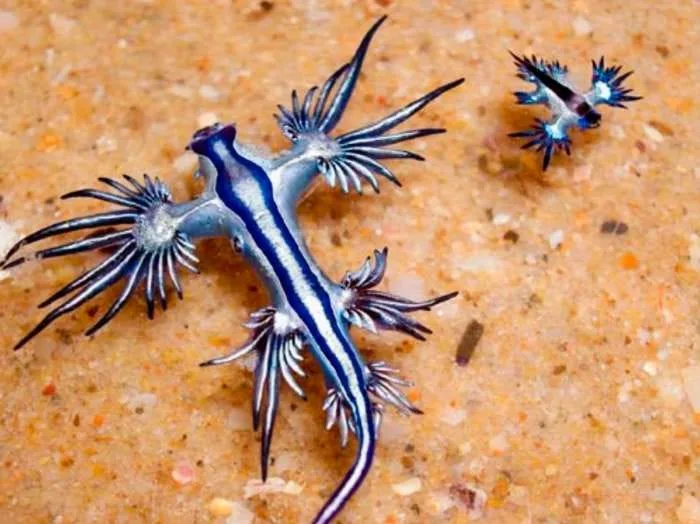The Tavasya is the fourth and final Krivak-class stealth frigate. It was launched at Goa Shipyard Limited on March 22, 2025.
The launch of Tavasya represents a significant step for India’s naval self-reliance and defense production. It is the second ship built at GSL as part of a technology transfer agreement with Russia.
About Krivak-class stealth frigates and the Tavasya:
IGA Agreement between India and Russia signed an Inter-Governmental Agreement in October 2016 for four additional Krivak-class stealth frigates. Under this agreement, India imported two ships from Russia and manufactured two at Goa Shipyard using the transferred technology.
Specifications:
- Length: 124.8 m
- Width: 15.2 m
- Draught: 4.5 m
- Displacement: 3,600 tonnes
- Maximum speed: 28 knots
- Engines: The frigates use Zorya-Mashproekt engines from Ukraine.
- Armament: The new Krivak frigates, including Tavasya, have the same configuration as Yantar’s last three frigates. They are armed with BrahMos anti-ship and land-attack missiles.
Other three ships in the series:
- Tamal: The second Russian-built frigate, currently undergoing trials and expected to be commissioned in June 2025.
- Triput: The first ship built in India, launched in July 2024, and set for delivery in 2026.
- Tushil: The first ship commissioned from Russia on December 9, 2024, which is now based in Karwar.
Tavasya is likely to be the last warship constructed under foreign license as India moves toward building its own warships.
key features of the Krivak-class frigate
The Krivak-class frigate, also known as Project 1135 Burevestnik, was designed and built by the Soviet Union. These frigates balance anti-submarine warfare (ASW) and anti-surface warfare (ASUW), making them versatile ships.
- Propulsion System: Comes with a gas-turbine propulsion system, ensuring high speed and maneuverability. It can reach speeds of up to 32 knots (59 km/h).
- Radar Systems: Includes MR-310A Angara-A air search radar and MR-302M Rubka surface search radar for better detection and tracking.
- Anti-Submarine Warfare Capabilities: Designed for ASW operations with hull-mounted and variable-depth sonar systems.
- Guided-Missile Capability: Equipped with URK-5 (SS-N-14 Silex) anti-submarine missiles and P-35 (SS-N-3c Shaddock) anti-ship missiles.
- Electronics Warfare Capabilities: Includes jamming and intercept systems to disrupt enemy communications and radar.
- Stealth Technology: Features a hull design that helps reduce its radar cross-section (RCS) and electromagnetic signature.
- Habitability: Designed for crew comfort with air conditioning, heating, ventilation, and enhanced kitchen facilities.
About stealth technology work on these ship :
The Krivak-class frigates use stealth technology mainly through design elements that lower their radar cross-section (RCS), making them harder to detect. Here’s how the stealth technology functions on these ships:
Hull Design:
- Shape: The hull and superstructure have angled surfaces that deflect radar waves away from the source.
- Material: Radar-absorbent materials (RAM) are applied to the ship’s surfaces. RAM absorbs a large portion of incoming radar energy, converting it into heat and reducing the reflected signal’s intensity.
Reduced Electromagnetic Signature:
- Equipment Placement: Important equipment that might emit strong electromagnetic signals is shielded or placed in enclosed areas to minimize emissions.
Noise Reduction:
- Acoustic Dampening: Steps are taken to lessen the ship’s acoustic signature, making it harder to detect by sonar. This includes reducing machinery noise and optimizing propeller design to minimize cavitation , visit here …
- Exhaust Management: Exhaust systems cool and mix exhaust gases with surrounding air before release, lowering the ship’s infrared (IR) signature.
- Dear Aspirants for more news related to this link yourself here www.eminentnews.com



























